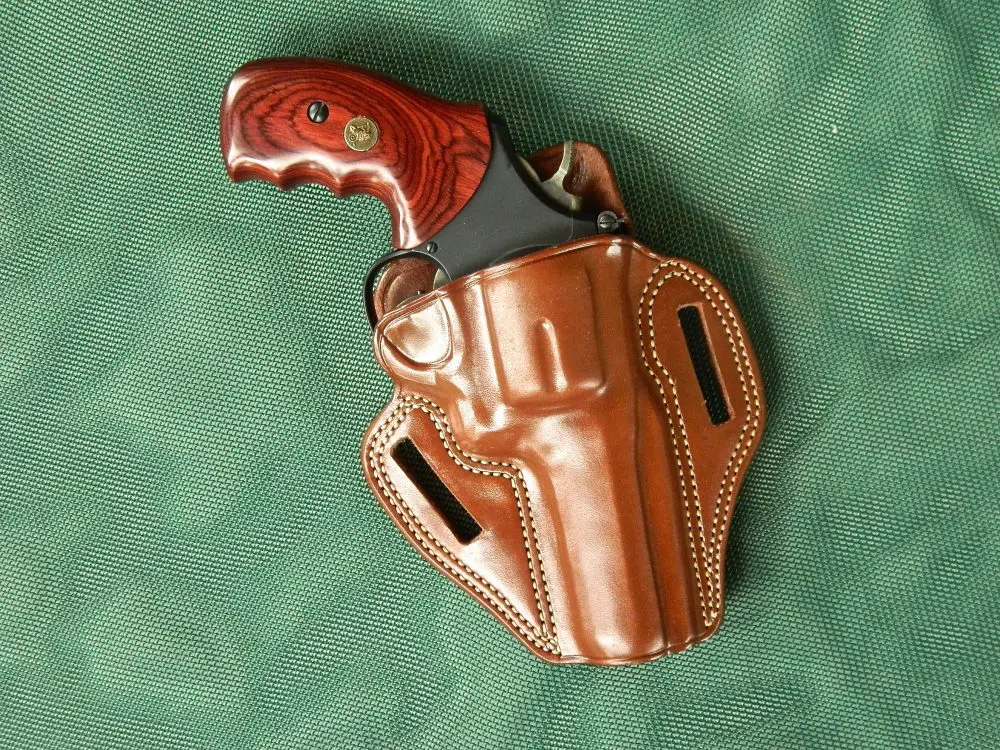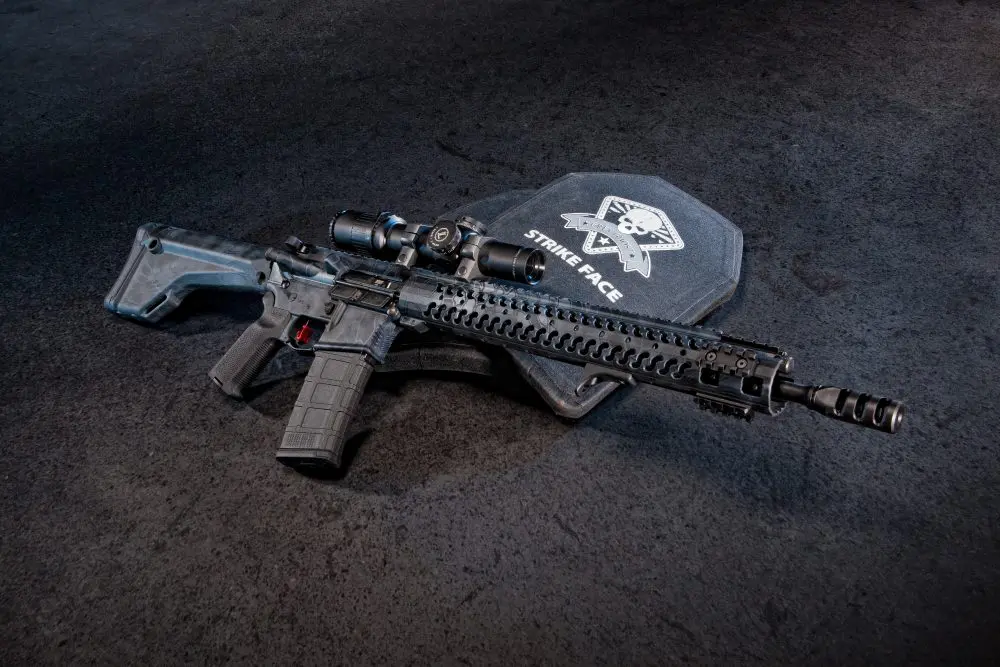I have a dozen or more pieces of ill-fated equipment that have failed students in the past. This includes scopes, reloading devices, firearms and supposedly “magical” items of equipment (read: bells and whistles) guaranteed to make you a better shooter, along with firearms sights of various and dubious origins.
The latest was (as the slick marketer told our student at a gun show) a scope just as good as those famous Leica lenses for the bargain price of just $350! It looked good. It had the ubiquitous “tactical” black matte finish. It felt the right weight. How could he go wrong? It went completely south when all of two raindrops hit it just 30 minutes into the class, and it now resides on the shelf forever waterlogged and as useless as breasts on a cookstove.
I went through the same phase many years ago. In order to save money, I’d purchase an item that was “sort of” as good as the real thing. Ten minutes after purchase, I decried my decision and sure enough, several weeks or months down the road, I had to either live with it or get rid of it and upgrade to the item I should have purchased in the first place. Do this enough times and it sinks into your head that cheap is cheap, quality is quality, and the right item is probably going to cost you in one form or fashion. Don’t just compare something to a top-shelf item—buy the top-shelf item.
Off-brand weapons are a real doozy. When I observe a pistol with deep gouge and tool marks, crooked sights and pot metal stocks, I start to worry. It may be a deal in Pakistan, but it is not a deal for you if you intend to fire more than one round from it. Quality looks like quality and feels like quality. The machining is quality, as are the materials and components. Quality will simply jump out at you, whereas junk will not.
Now the subject of funds arises. Take it from me that it is far better to temporarily do without. Save and then buy the right thing. This of course is largely predicated on your domestic status. A handbag for $3,000 may seem reasonable to a woman, whereas a handgun for $3,000 seems simply ludicrous and might be met with a severe reprimand, fisticuffs, and a cut-off of certain social activities.
Here the wise man will steer his course with trepidation and great circumspection lest he incur the wrath of the one he least wishes to offend. But with innovation, a clear thought process and total deniability, one may be able to secure such funds in a manner soundly befitting that of a CIA operative.
I do not have this problem, as my wife, Brett, is very understanding and I know what to ask for and what not to ask for. I have explained quality to her and she agreed, which is precisely why she now only orders custom diamonds direct from Harry Winston himself. See how that works? Never initiate a discussion with someone smarter than yourself. But I digress.
When I first observe the beaming face of a newer student proudly displaying an item I know will shortly fail, I must make a decision. Tell him the truth (which is what I usually do) or allow the item to fail such that the student realizes firsthand the folly of their choice. Either way, the outcome is the same. The item fails, the shooter is dismayed and now has to unload the shoddy item and start all over again. It is far better to acquire the right item the first time out of the gate.
In the 1960s and 70s, you could find bargains all over the place. Such is no longer the case. Ebay has seen to that. Now most individuals can discover in a nano-second the true value of any particular item they wish to unload, which means that true bargains are somewhat rare and, in all probability, you’ll have to pay a hefty price for quality regardless of the item.
On the bright side, a quality item will last a very long time if you take care of it. Rather than acquiring three or four slipshod pieces of gear, purchase one high-quality item and care for it accordingly. This will prove to be more beneficial and rewarding in the long run than rushing into something you might regret.
“If only I’d known …” is a phrase I hear all too often. Perhaps it is better to take a class and learn firsthand from those with credibility what works and what doesn’t. This will help you discern the difference between slick marketing and truly workable pieces of gear.
The male model in gear that is starched and pressed with nary a blemish to be found is just a model—not a real operator. Talk to those in the know and you’ll probably be steered in the right direction.
Scott Reitz is a 30-year veteran of the Los Angeles Police Department and director of the highly acclaimed International Tactical Training Seminars. Course information and schedules are available at their website at www.internationaltactical.com. Looking Back, a free monthly newsletter, is available by email at [email protected].






